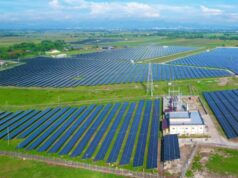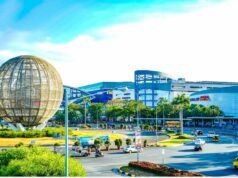EMBASSY officials from the Nordic region hosted a luncheon on Wednesday to highlight their nations’ initiatives toward sustainable energy through clean technology innovation while promoting their companies’ solutions for the Philippine setting.
“The Nordics can and should be the first carbon-negative region in the world,” said Jan Top Christensen, Denmark’s ambassador to the Philippines.
The Nordic region is generally considered to refer to Denmark, Finland, Sweden, Norway and Iceland.
Mr. Christensen extolled the initiatives from the Nordic region, such as the number of electric vehicles per capita in Norway, which he said is higher than anywhere in the world.
“Denmark gets around 40% of its electricity from wind; Finland and Sweden’s vast forests provide an abundant resource for biofuels; and the Nordic region’s inter-connected electricity network offers opportunities sharing clean energy across borders,” he said.
Mr. Christensen said Denmark is a natural pioneer in wind power and a world leader in wind power technology, saying seven of the world’s top 10 wind turbine manufacturers are present in the country.
“With some of the best wind conditions in the world, it is easy to understand how Denmark became a global hub for wind power technology,” he said.
Denmark was represented during the event by Vestas Wind Systems A/S, a wind turbine maker which also does business in the Philippines.
Jakob Larsen, Vestas senior vice-president, said changes had been adopted locally since another executive from the company said earlier this year that they wanted more clarity in government regulation.
“I think there is now a law which is saying that when you install new electricity generating capacity, at least 1% needs to be renewable going forward. And beyond that right now the government is working on some regulation so that different types of consumers can select what kind of electricity they want to buy,” Mr. Larsen said in an interview.
But as of now, Filipinos still cannot choose the type of renewable energy that they prefer because the regulatory framework has not yet been issued.
“If I compare that to my home country, Denmark, we have for many years even as a private person we have been able to choose exactly the energy source we wanted,” Mr. Larsen said.
“That’s what I would like to see happening here also. Then we as consumers, companies with a green climate profile, [we] can choose to make a difference. But it is happening and I hope the regulatory framework soon will be finished,” he added. — Victor V. Saulon



